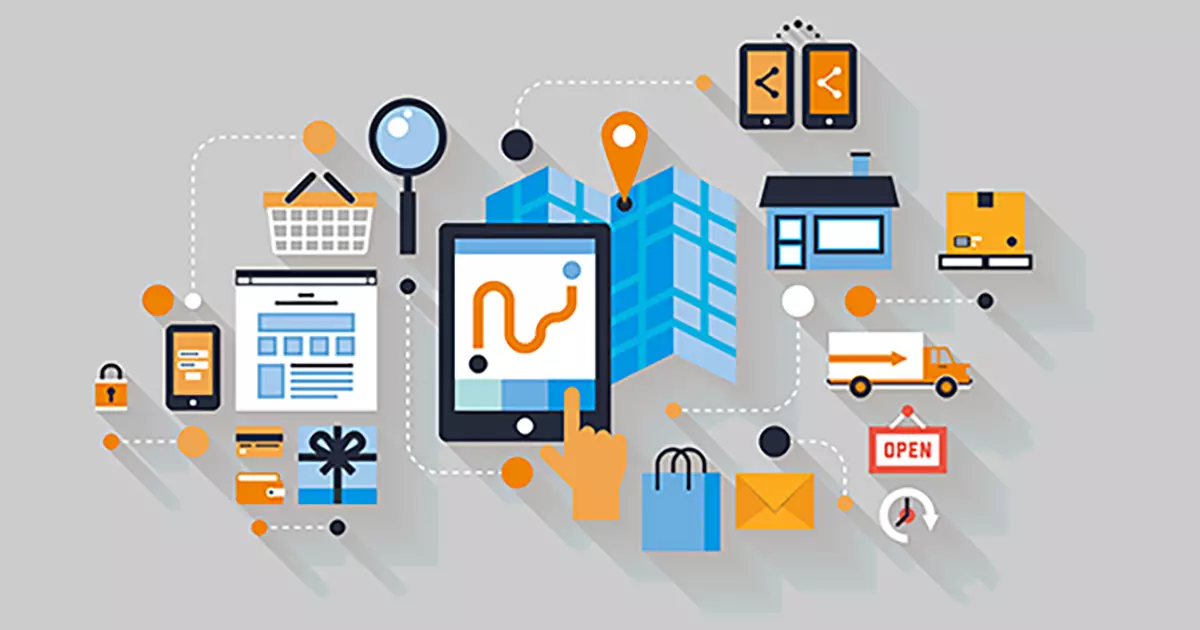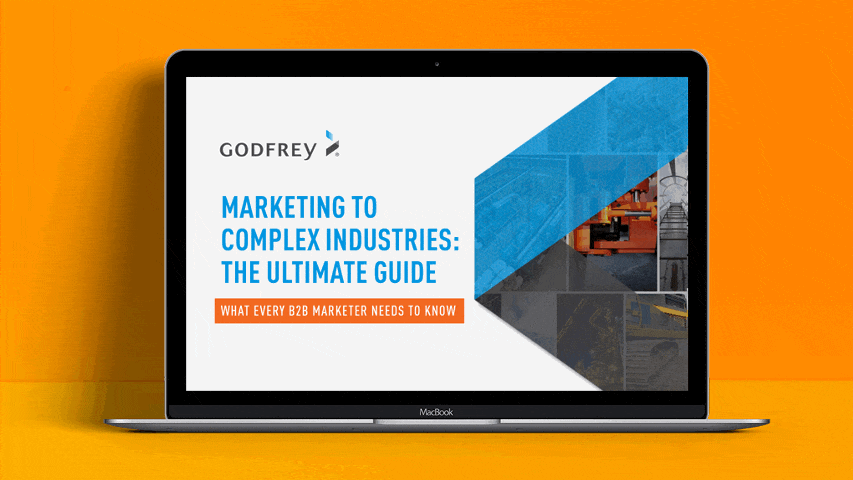The Changing Customer Journey is the B2B Marketing Megatrend

The one megatrend that provides context for all other trends in B2B marketing today is the changing customer journey where the buyer has completed 50% to 80% of the journey to a purchase before ever reaching out to sales.
If you search for “B2B marketing trends,” you’ll get any number of large and small “trends,” hot topics and flavors of the month, from storytelling to audience personas to content marketing to mobile-first and many, many more.
What’s missing is context … and why B2B marketers should not only care, but spend precious marketing dollars in new or different ways. They need a strong business case before chasing “the latest thing.”
There is one megatrend that provides context for all other trends in B2B marketing today.
It’s the changing customer journey – or buyer’s journey – where the B2B buyer has completed 50 percent to 80 percent of the journey to a purchase before ever reaching out to sales. Gone are the days when the salesperson “owned” the prospect relationship and led or served the buyer through the journey by discussing requirements, demonstrating capabilities, quoting price and terms, making the sale and even providing after-sales support.
Today, most of the B2B buyer’s journey takes place online or digitally. Because marketing generally owns the website and all other communication channels and content, marketing has much more responsibility for getting the customer to the buying decision. This changes everything, and it puts all of the other B2B marketing trends in context.
Here are a few examples to illustrate how they are all driven by the one megatrend.
1. Customer intelligence and audience personas
The change in buyer behavior before the sale makes it imperative that marketers understand the audience and the steps in their journey to a purchase, and how it varies for different types of buyers. Marketers need to know what their audience is trying to achieve, what information they need and how they want to receive or access it.
2. Storytelling; humanizing marketing
Storytelling is nothing new. In the past, though, the storytellers were salespeople. Good salespeople are natural storytellers; they understand what people relate to. But today, when storytelling is most effective – early in the buying journey – the salesperson isn’t engaged. So marketing needs to become the storytellers. This also explains the renewed interest in video in B2B marketing, because there is no better way to tell a compelling human story.
3. Content marketing
B2B content marketing once meant the boxes of product catalogs in the trunk of the salesperson’s car! B2B marketing has always been heavy on content, but it’s largely been about the company or product. While that’s effective at a certain point in the sales funnel, we need content to engage prospects much earlier in the buying journey when their informational needs are different. They aren’t selecting a product, they are learning about their challenge and possible solutions. They are exploring technologies and suppliers that know about their area of concern.
4. Search Engine Optimization
If B2B buyers are exploring challenges, solutions, technologies and potential suppliers, then the terms they are searching on are very different from the ones they would use when comparing competitive products. Many B2B marketers’ websites are still very heavy on product content; they tend to do well in searches on branded terms and specific product names. But that won’t capture search traffic using more general (and unbranded) terms earlier in the buying journey. The change in the buying journey is driving marketers to take another look at their content and search optimization strategies.
5. Mobile
The transformation of our information consumption habits (and everyday life) has been nothing less than breathtaking. Changes in Google’s algorithm are driving faster movement to mobile-optimized or responsive web designs and a mobile-first approach among B2B marketers, but so is the changing buyer’s journey. Until fairly recently, B2B marketers could afford to be a little slow on adopting mobile-friendly or mobile-first strategies. After all, how many design engineers are going to download CAD files on their mobile device? But those same design engineers WILL do some searching and exploring of relevant technologies, websites and social media sites on a mobile device. It is highly likely that they will open your e-newsletter on a mobile device. If it isn’t optimized for the device, you’ll be gone very quickly.
We explored the changing buyer’s journey, and how it impacts marketing efforts, at our FWD:B2B conference where industry leaders shared their experiences in using storytelling and technology to connect with their audience throughout the buyer’s journey. They shared some of their insights in the following blog posts:
3 Warning Signs that You Really Don't Understand Your B2B Buyer
Connect Your Content and the Customer Journey
Cut the Clutter from Your Customer Stories
The Rise of Account-Based Marketing
Sign Up for our Newsletter - Get agency updates, industry trends and valuable resources delivered directly to you.
Godfrey Team
Godfrey helps complex B2B industries tell their stories in ways that delight their customers.




